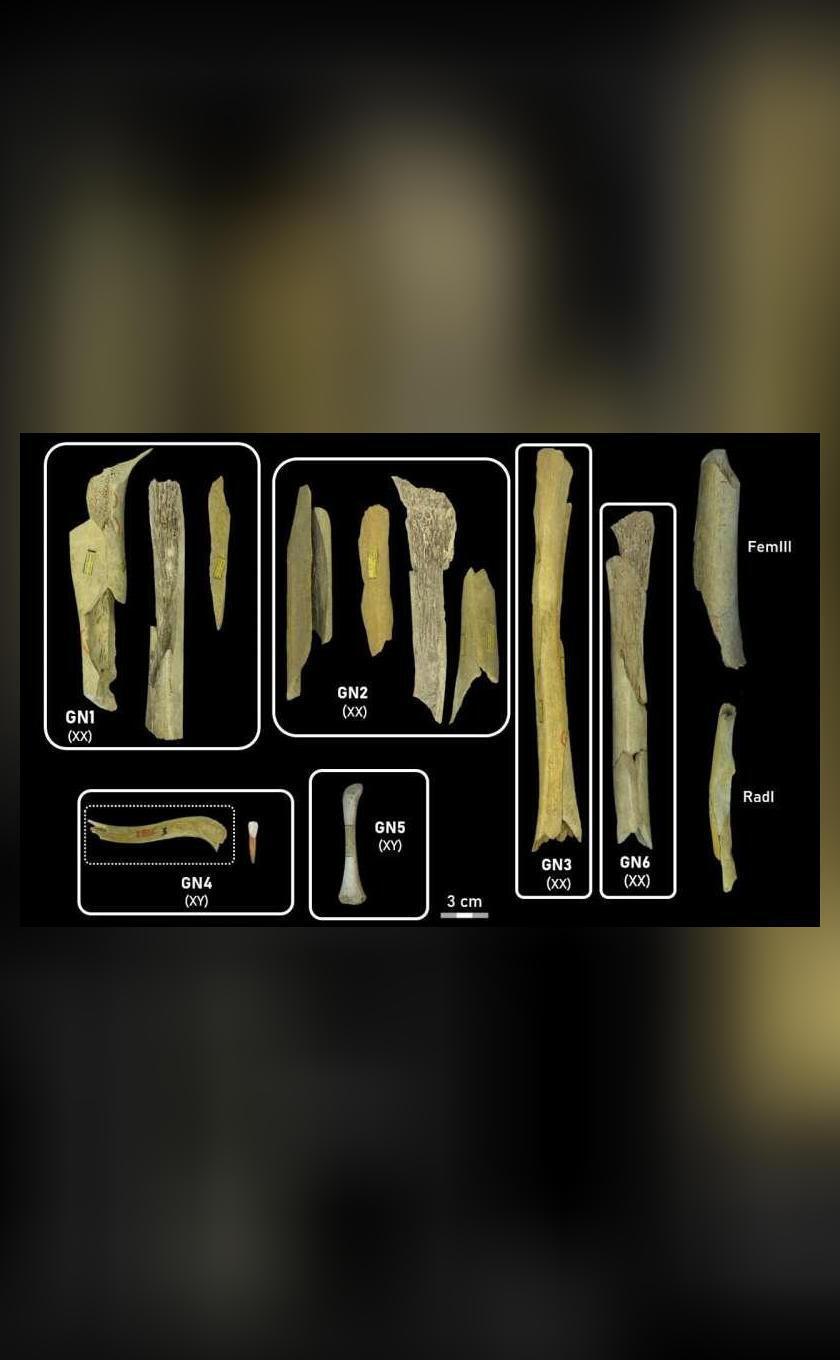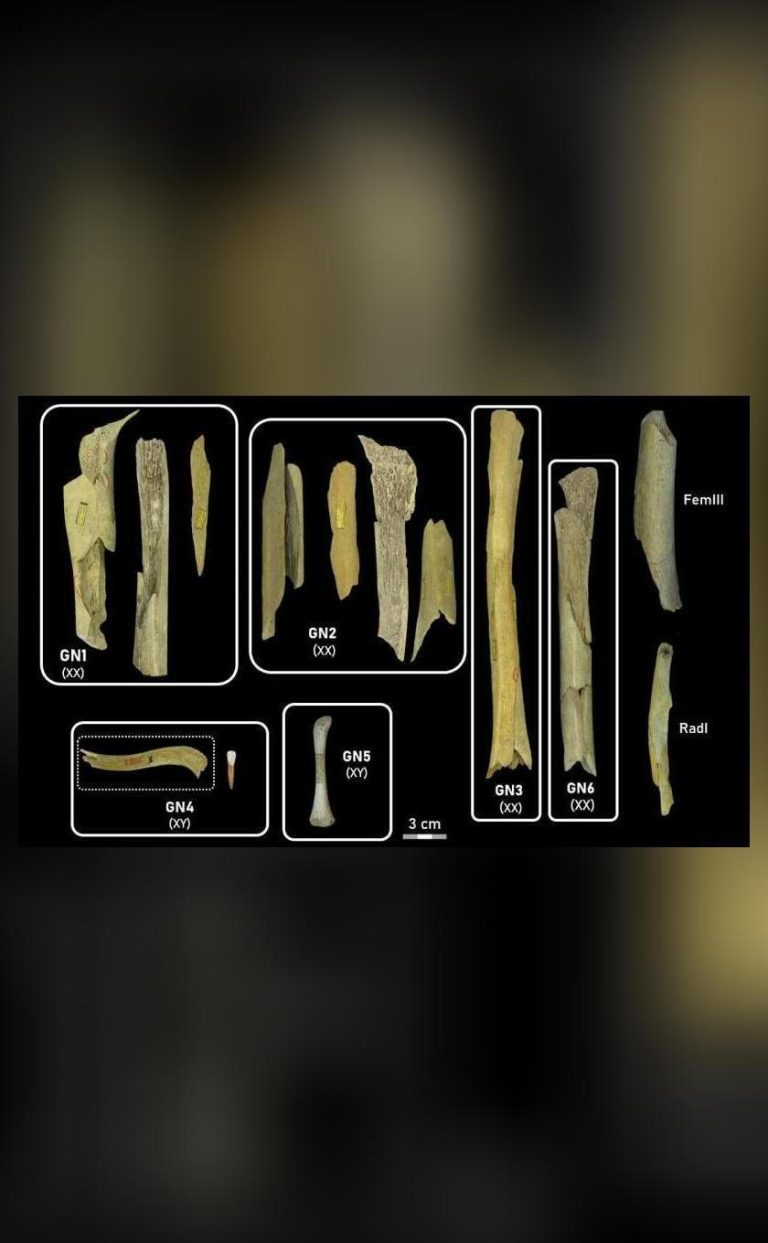
Neanderthals ate outsider women & children 45,000 years ago: Study
A shocking discovery has been made in the field of paleoanthropology, revealing that Neanderthals resorted to cannibalism, targeting women and children from other communities, approximately 45,000 years ago. This finding has been made possible by a study of human remains in Belgium’s Goyet cave system. The research, which has shed new light on the behavior of our ancient ancestors, suggests that Neanderthals engaged in the practice of eating outsiders, specifically women and children, during a time of territorial conflict and population decline.
The study, which analyzed 101 bone fragments, found that these human remains exhibited butchery marks similar to those found on animal bones. This striking similarity suggests that Neanderthals treated these human bodies in a manner consistent with their treatment of animal prey, implying a level of brutality and pragmatism that is both fascinating and unsettling. The presence of these butchery marks is a clear indication that the Neanderthals were responsible for the deaths of these individuals, and that they subsequently consumed their flesh.
The Goyet cave system, located in Belgium, has been the site of numerous archaeological discoveries, providing valuable insights into the lives of Neanderthals. The cave system has yielded a wealth of information about the diet, behavior, and culture of these ancient humans, and this latest study adds a new and disturbing chapter to our understanding of Neanderthal society.
The researchers behind the study believe that the cannibalism practiced by the Neanderthals was linked to territorial conflict, which arose as Neanderthal populations began to shrink. During this period, Homo sapiens had started to occupy nearby regions, potentially leading to competition for resources and territory. This competition may have driven the Neanderthals to engage in cannibalism, targeting vulnerable individuals from other communities, such as women and children.
The fact that Neanderthals targeted women and children is particularly noteworthy, as it suggests that these individuals were seen as outsiders, and therefore, as legitimate prey. This behavior is consistent with the idea that Neanderthals were highly territorial and xenophobic, viewing outsiders with suspicion and hostility. The targeting of women and children also implies a level of ruthlessness and desperation, as these individuals would have been less likely to pose a threat to the Neanderthals, and more likely to be vulnerable to attack.
The study’s findings have significant implications for our understanding of Neanderthal behavior and society. They suggest that, during times of stress and competition, Neanderthals were capable of extreme violence and brutality, and that they did not hesitate to exploit and consume vulnerable individuals. This behavior is a far cry from the romanticized image of Neanderthals as noble savages, living in harmony with nature and each other.
The discovery of cannibalism among Neanderthals also raises questions about the evolution of human behavior and the development of social norms. It is possible that the practice of cannibalism was more widespread among early human populations than previously thought, and that it played a role in shaping the social and cultural norms of these societies.
In conclusion, the study of human remains in Belgium’s Goyet cave system has revealed a dark and disturbing chapter in the history of Neanderthals. The discovery of cannibalism, targeting women and children from other communities, suggests that Neanderthals were capable of extreme violence and brutality, and that they did not hesitate to exploit and consume vulnerable individuals. This finding has significant implications for our understanding of Neanderthal behavior and society, and raises important questions about the evolution of human behavior and the development of social norms.
As we continue to learn more about our ancient ancestors, we are reminded that the history of humanity is complex and multifaceted, and that our ancestors were capable of both great beauty and great ugliness. The study of Neanderthals and their behavior serves as a reminder of the importance of understanding our past, and of the need to approach this understanding with nuance and sensitivity.
News source: https://phys.org/news/2025-11-neanderthal-women-children-victims-cannibalism.html






